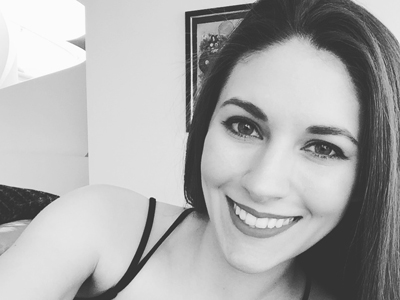
Aaron Faber Gallery, currently located on Fifth Avenue, in the heart of downtown New York City, has been serving patrons of fine jewelry, contemporary jewelry, and wristwatches since the mid 1970s. Here, Patricia Faber shares insights into the history of the gallery and how it has continued to evolve over the years to serve an expansive clientele of collectors and customers.

Melis Agabigum: Aaron Faber Gallery first came on my radar during New York City Jewelry Week in 2019. Your gallery has been around since 1975. In what ways has the gallery evolved over the impressive tenure of your business?
Patricia Faber: The gallery has always been about style and design as it has evolved over the decades. At the start in 1974, inspired by the burgeoning crafts movement, with its university-trained art students deciding to make a living with their hands, we showed primarily silver and sometimes gold works in a tiny space on West 47th Street, marketing the jewels by the name of the maker/artist. The need arose for a space that would reflect the artistic intention of the gallery and the artists, so we moved to a purpose-built store and gallery in 1977, at 666 Fifth Avenue, where we remained until 2021.
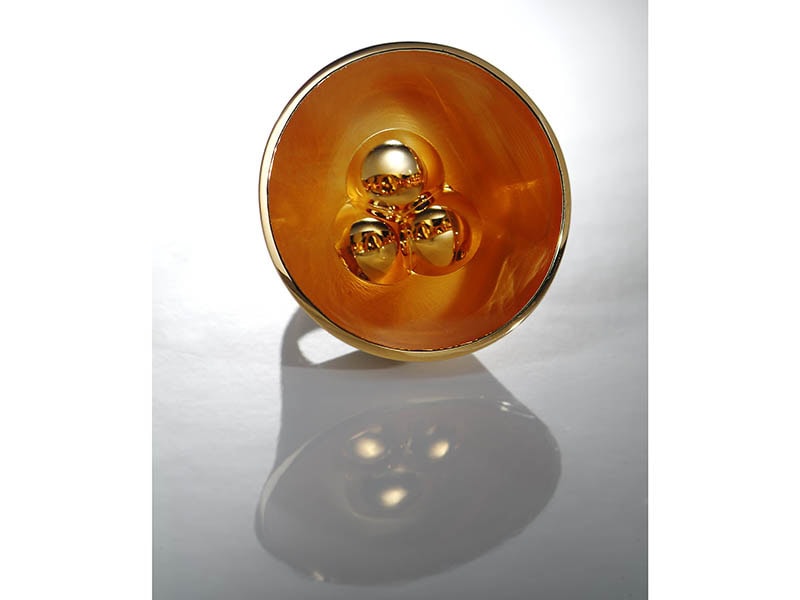
In the 1980s, Edward Faber met a young man selling vintage American wristwatches. We put some in the store. People loved them, and watches became a second focus of the gallery. Edward Faber published American Wristwatches: Five Decades of Style & Design in 1988 to showcase the design history of these timepieces. At the same time, we were meeting and exhibiting European jewelry artists—Bernd Munsteiner and Michael Zobel, among others.
In the 1990s, there was a trend toward Art Deco—jewelry, objects, architecture. We didn’t then show actual period jewelry, but instead began buying tutti-frutti gem-studded bracelets made in Jaipur, and diamond line bracelets. People liked these retro-styled jewels, which led us to search out actual period versions which joined the mix in the gallery, to create a 20th-century survey of jewelry and watch design and style, which is what the gallery continues to do.
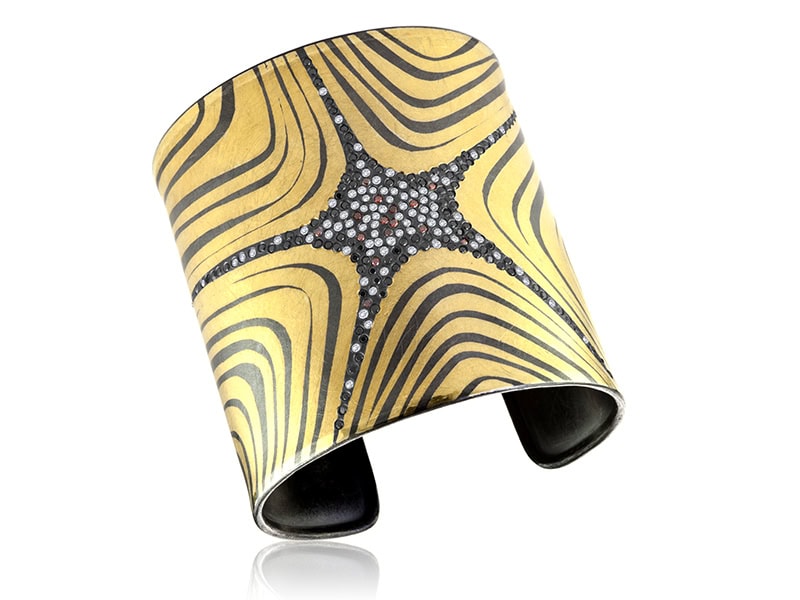
Your gallery serves as a home for not just contemporary art jewelry but also bridal jewelry and watches. Does this variety of objects affect the way you market art jewelry to patrons? In other words, does the diversity of accessibility enhance this model by bringing art jewelry to the “average” consumer?
Patricia Faber: The variety of objects we display does certainly allow us to show art jewelry or watches—which make a perfect groom’s gift—to a bride shopping for an engagement ring. But the bridal jewelry is intended to offer design: Alex Sepkus, for example, is known for the intricate detail and very personal appeal of his wedding band designs. And Niessing of Germany, known for its diamond tension-set rings, creates unique minimalist bridal jewelry.

You mentioned Mr. Faber’s well-known book about American wristwatches. How has the decision to showcase watches and timepieces at Aaron Faber Gallery impacted the way you view adornment?
Patricia Faber: The gallery is traditionally focused on showing objects with signature style—the artist’s personal vision translated for others to wear and enjoy in a singularly personal connection between object and owner. Watches operate emotionally at the same level.
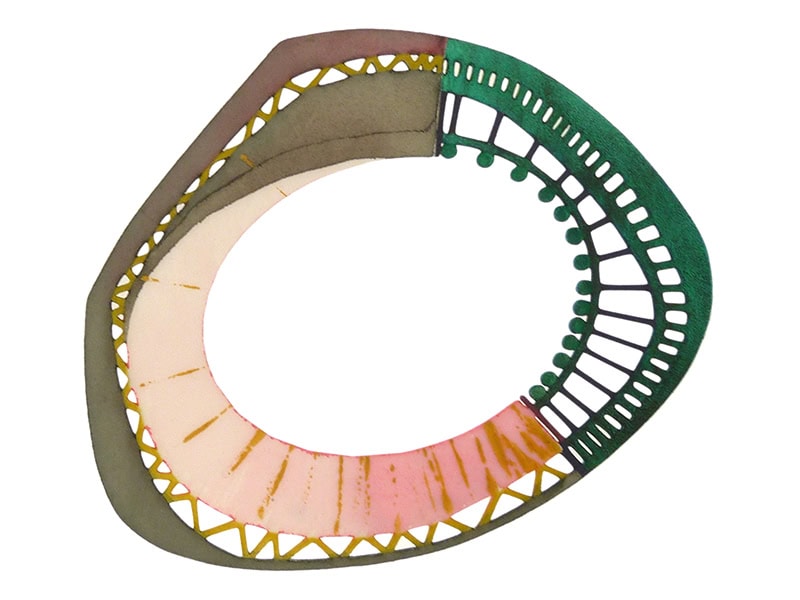
Tell us more about Aaron Faber Gallery’s involvement in New York City Jewelry Week over the years.
Patricia Faber: We love NYCJW! It’s our favorite week. We love the energy of Bella Neyman and JB Jones and their now fairly big team. We love the adventurousness of the endeavor—unexpected venues, unexpected panel combinations—and its inclusiveness. Our gallery is now located in a small, beautiful 11th-floor office at 589 Fifth Avenue, so we are always looking at new artists and new materials. Last year we had Stefania Lucchetta, from Italy, with a collection in titanium and stellite. The work is way ahead of its time.
This year, we are thrilled to present the innovative gem jewelry of Philipp Munsteiner, fifth generation gem sculptor and youngest member of the world-renowned family of gem artists. The exhibition of Philipp’s most recent work, including the award-winning ‘Dragon’ cut and ‘Agame’ series will be shown along with work by mother Jutta and father Tom Munsteiner (1969–2023). Jutta and Philipp will be in the gallery.
The idea of the “Dragon Egg” cut comes from a mythical creature from the fantasy story “Eragon” by Christopher Paolini. In the story, the dragon egg chooses its rider itself and only hatches when it has found the right rider. Fascinated and inspired by this, Philipp came up with the idea of cutting “dragon eggs”. When moved, the cutting reveals the inside or the growing dragon. Teeth, claws and scales are revealed in all their primeval beauty in the light. Who will be their dragon rider?
The NYCJW24 event will include some 50 works from Atelier Munsteiner, and NYCJW24 will host a YouTube conversation with the artists and Edward Faber and myself that will run throughout the entire week.
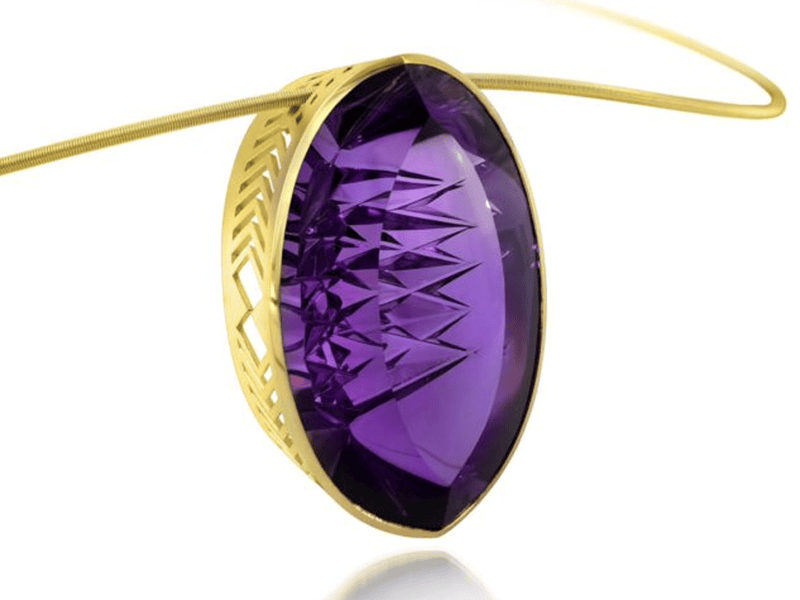
Online, the description of your gallery states, “Aaron Faber focuses on three areas of expertise: contemporary studio jewelry, classic jewelry new and old, and collectible vintage timepieces. The gallery provides professional services such as appraisals; fine jewelry repair and restoration; and estate buying and selling. It also consigns private collections for sale.” The gallery wears a lot of hats! This is an unusual practice for most galleries. Can you tell us more about how these business practices enhance your relationship with patrons?
Patricia Faber: That’s a good question. The professional services we offer simply grew out of necessity and demand over the decades. For example, the watch sector established itself in the 1980s, and clearly buyers wanted a watch that worked. But these were vintage mechanical watches, and at that time there were virtually no watch technicians who worked on “old” watches, so we had to develop a team to source expert watchmakers.
We offered appraisals of jewelry and watches because our clients needed updated appraisals for insurance. And over time, our collectors and customers wanted to deaccession some of their jewelry, so we stepped in to offer estate buying. We have benefitted in getting to see longtime clients for these services. These are long relationships.
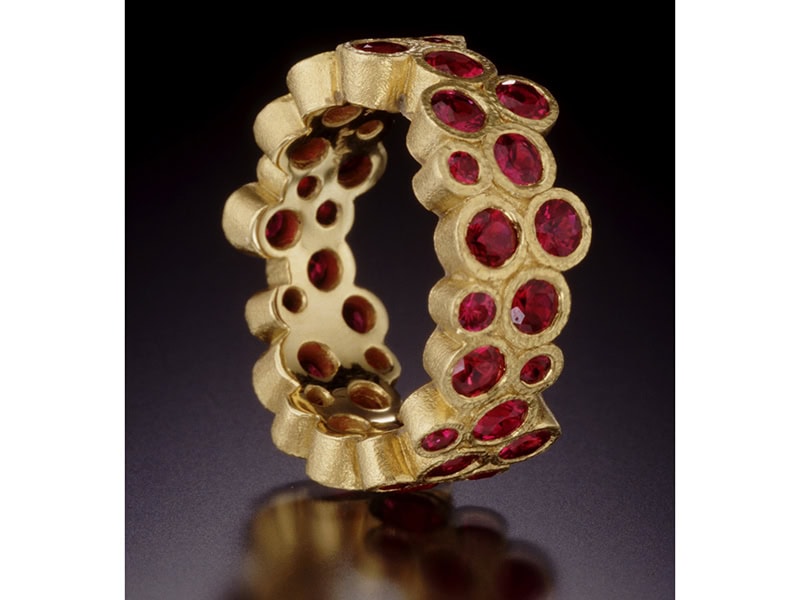
To follow this up: history clearly plays an integral role in the gallery. How has this shaped the mission of Aaron Faber Gallery?
Patricia Faber: History is the ongoing narrative of design, which we’ve tried to present in the collections and exhibitions over the years. It has evolved to be more diverse and inclusive than we had originally planned.

What kinds of pieces are you looking for when buying and selling estate jewelry?
Patricia Faber: We are always looking for good design and craftsmanship. We have done so since 1974. Estate jewelry adds the element of historical narrative. We have always focused on precious metals—gold, silver, platinum—and in today’s market, brand dominates the estate jewelry world.

Please tell us more about the themed exhibitions your gallery hosts. Where does the curatorial inspiration for these exhibitions come from, and how do you go about deciding what work to exhibit?
Patricia Faber: Themed group exhibitions seem to be the single most popular event among the jewelry artists we meet. They offer a challenge or a focus, don’t require an enormous number of works to be included, and this makes them timely or just fun.
Where I Come From, for example, was intended to showcase the cultural diversity of jewelry artists, inspired by government anti-immigration policies. Upcycle, Recycle, Repurpose, at NYCJW 2022, was meant to highlight another issue. Other themes proposed a material challenge. Phenomenal was a group exhibition of jewels only made with gems showing unique optical properties, known as phenomenal gems. It included moonstone, labradorite, and opal, for example.

Looking toward the future, what are you most excited about within the jewelry field?
Patricia Faber: Looking to the future, I can’t help but acknowledge the explosion of jewelry knowledge. In 1974, granulation was just being rediscovered from its ancient past. Now it’s a common technique. Jewelry designers and brands now appear daily on the scene. In our early decades we struggled as we marketed work by the artist’s name, which confused countless patrons. The availability now of all kinds of jewelry on the internet is an enormous change for this century. We love how the gallery has become intergenerational as the grown children (and grandchildren) of our collectors have become jewelry and watch aficionados. We are still as excited as ever when someone matches with an object in the gallery, as that emotional connection is the goal and reward.
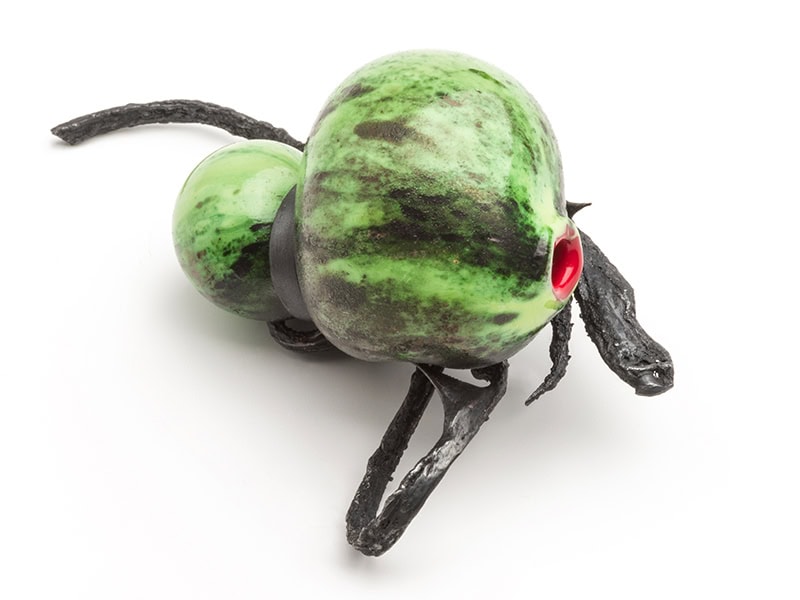
We welcome your comments on our publishing, and will publish letters that engage with our articles in a thoughtful and polite manner. Please submit letters to the editor electronically; do so here.
© 2024 Art Jewelry Forum. All rights reserved. Content may not be reproduced in whole or in part without permission. For reprint permission, contact info (at) artjewelryforum (dot) org
